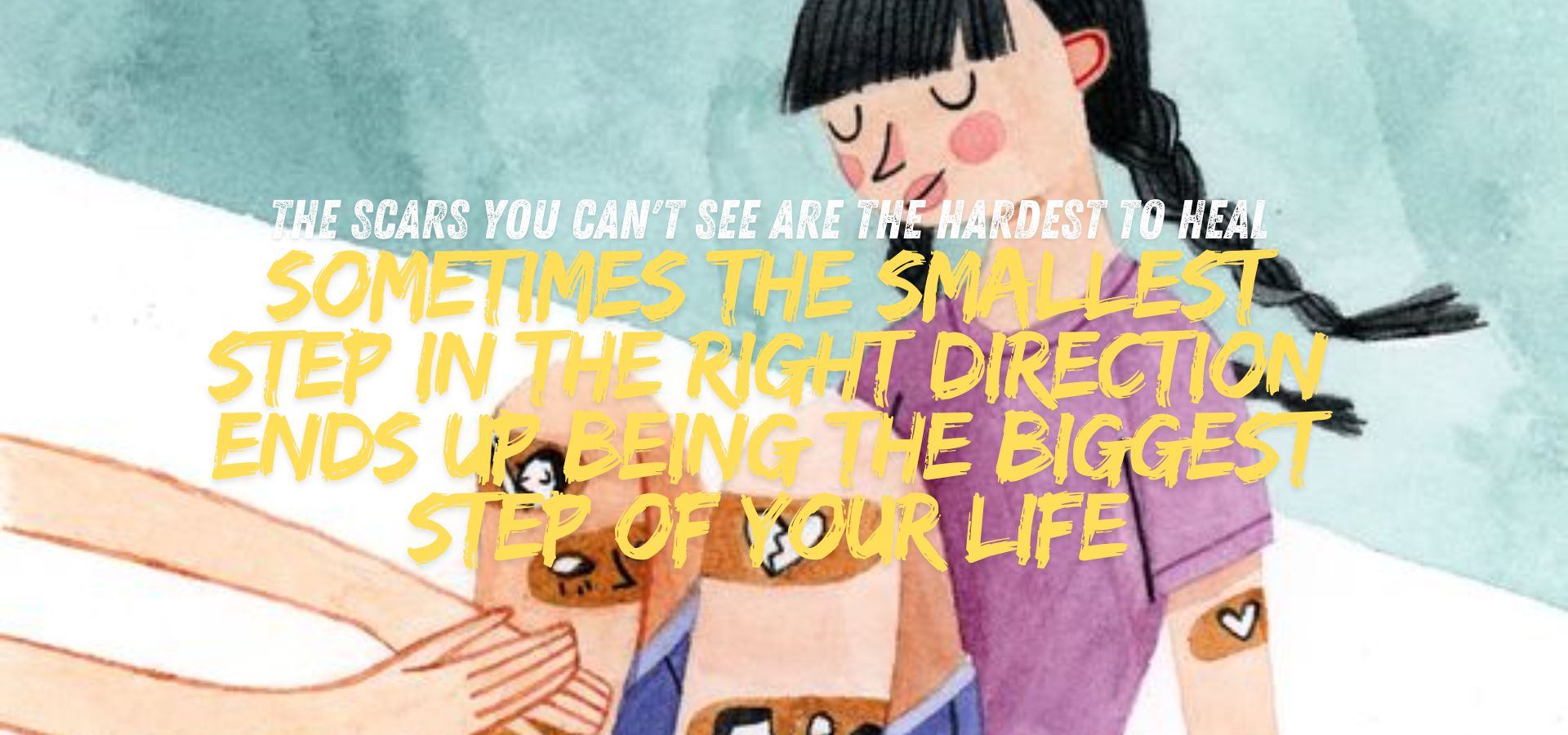
Have you ever sat and wondered why there’s something wrong within you that you can’t explain? There’s something in you that feels unchangeable, and only you can address it, but you don’t know where to start because you don’t even know what exactly you are feeling.
Why might fawning behavior be linked to past trauma? Is it called unhealed trauma? Maybe.
Signs of Unhealed Trauma
Emotional Reactivity
- Individuals may experience intense emotions, often out of proportion to the situation. This can include anger, sadness, or anxiety triggered by minor events.
Difficulty Trusting Others
- Trust issues are common, leading to challenges in forming and maintaining relationships. People may feel suspicious or guarded, fearing betrayal or harm.
Hypervigilance
- Constantly being on high alert, scanning for potential threats, even in safe environments, is a typical response. This can lead to chronic stress and exhaustion.
Avoidance Behavior
- To cope with trauma, individuals might avoid people, places, or activities that remind them of their traumatic experiences. This can limit their ability to engage fully in life.
Self-Sabotage
- Engaging in behaviors that hinder personal growth or success, such as procrastination, substance abuse, or pushing people away, can be a sign of unresolved trauma.
Emotional Numbness
- Some may feel disconnected from their emotions, experiencing a sense of numbness or detachment. This can affect their ability to experience joy or form emotional connections.
Physical Symptoms
- Trauma can manifest physically, leading to chronic pain, gastrointestinal issues, or other health problems without a clear medical cause.
Understanding the Fawn Response

The Fawn Response is a survival mechanism where individuals attempt to appease their abuser to avoid conflict or harm. It involves:
- People-Pleasing: Putting others’ needs first, often at the expense of one’s own well-being.
- Conflict Avoidance: Going to great lengths to prevent or resolve conflicts, even if it means compromising personal values or needs.
- Loss of Identity: Adapting one’s personality to fit in or be accepted, leading to a loss of self-identity and autonomy.
Coping with Unhealed Trauma
Healing from trauma requires a multifaceted approach. Here are some strategies to consider:
Seek Professional Help
- Engaging with a therapist or counselor can provide guidance and support in processing traumatic experiences. Specialized therapies like EMDR (Eye Movement Desensitization and Reprocessing) and CBT (Cognitive Behavioral Therapy) can be particularly effective.
Develop Healthy Coping Mechanisms
- Engaging in activities that promote relaxation and well-being, such as mindfulness, meditation, yoga, or creative pursuits, can help manage symptoms and reduce stress.
Build a Support Network
- Surrounding yourself with supportive friends and family can provide emotional comfort and practical assistance. Support groups for trauma survivors can also offer a sense of community and shared understanding.
Practice Self-Compassion
- Being kind to yourself and recognizing that healing is a gradual process can foster resilience. Avoid self-criticism and acknowledge your efforts and progress.
Set Boundaries
- Establishing healthy boundaries in relationships can protect your emotional well-being and prevent re-traumatization. This includes learning to say no and prioritizing your needs.
Educate Yourself
- Understanding trauma and its effects can empower you to make informed decisions about your healing journey. Reading books, attending workshops, or following reputable online resources can be beneficial.
Conclusion
Understanding oneself and getting the right treatment depend on one knowing the indicators of unhealed trauma. Healing is a road that requires facing and digesting difficult events, but with the correct help one may lead a happy life free from the shadow of past trauma. Important first steps in this process are learning good coping strategies, assembling a support system, and practicing self-compassion.
Sometimes the smallest step in the right direction ends up being the biggest step of your life


Leave a Reply